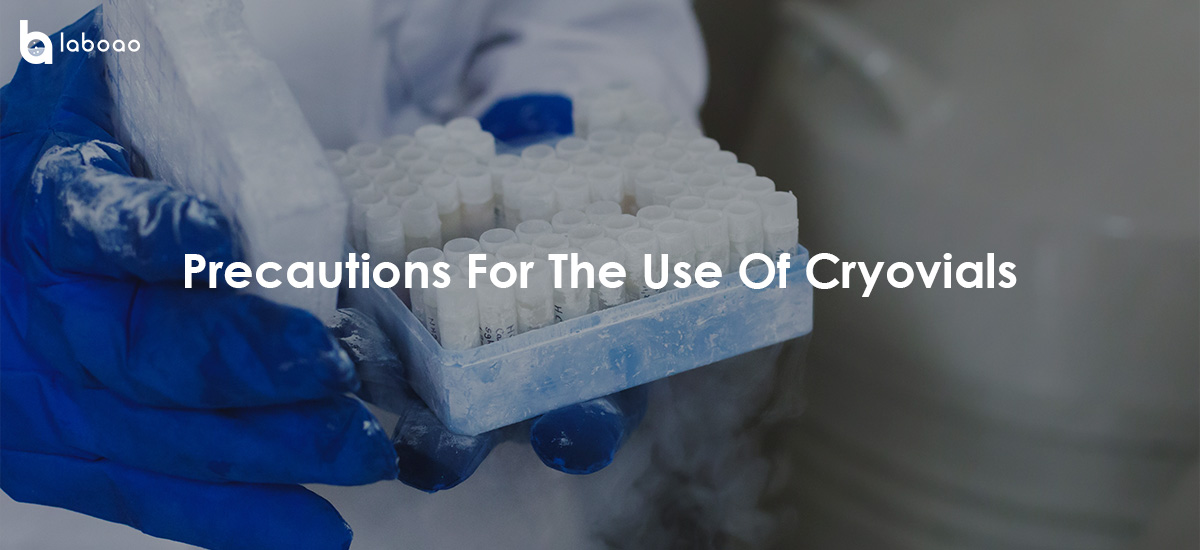
1. How to use
(1) When using cryovials to store samples, it is strictly required that the cryovials should be stored in the vapor layer of liquid nitrogen or in a refrigerator. If the cryovial is stored in liquid nitrogen liquid, there is a certain chance that liquid nitrogen will penetrate into the interior of the cryopreservation tube, and the liquid nitrogen gasification during resuscitation will cause the pressure inside and outside the tube to be unbalanced. .
(2) To operate the cryopreservation tube recovery, use safety protection equipment throughout the process. It is recommended to wear a laboratory coat, cotton gloves and operate on a safe laboratory bench. Wear goggles or a face shield if possible. Please be extra careful as the indoor temperature will be higher in summer than in winter.
(3) During the storage of cryopreserved cells, the freezing temperature of the cryopreservation tube must be uniform. Uneven freezing will result in ice plugs that inhibit the transfer of liquid temperature on both sides, creating dangerously high pressures and causing damage to the cryovials.
(4) The volume of frozen samples should not exceed the maximum working volume required by the cryovials.
2. Matters needing attention
(1) Storage environment of cryopreservation tube
Unused cryovials can be stored at room temperature or 2-8°C for 12 months; inoculated cryovials can be stored at -20°C and have good strain preservation effects within 12 months; already inoculated cryovials Stored at -80°C, the strains can be preserved well within 24 months.
(2) Storage time of cryopreservation tube
Unused cryovials can be stored at room temperature or 2-8°C; inoculated cryovials can be stored at -20°C or -80°C.
(3) The steps of using the cryopreservation tube
Pick a fresh culture from the pure bacterial culture to prepare a bacterial suspension with a McFarland turbidity of about 3-4 and inoculate it into the bacterial strain storage tube; tighten the storage tube, and invert back and forth 4-5 times to emulsify the bacteria. Shake; put the preservation tube in the refrigerator (-20℃-70℃)
3. Important reminder
(1) It needs to be operated in a biological safety cabinet to ensure the sterility of the operation and to ensure that the strains are not contaminated.
(2) The color of the small ceramic beads in the cryopreservation tube may be different, which does not represent any difference in product function, but is only convenient for users to code and mark bacteria.
(3) If the following conditions occur before inoculation, this cryovial should not be used: a. There is liquid leakage in the bottle. b. The cryoprotectant solution in the cryovial is cloudy (indicating that it has been contaminated). c. Exceeded the effective shelf life.
(4) Once the small porcelain beads are taken out of the freezing tube, they must not be put back into the freezing tube for any reason.
(5) When discarding used or partially used cryovials, attention should be paid to the prevention of biological hazards.